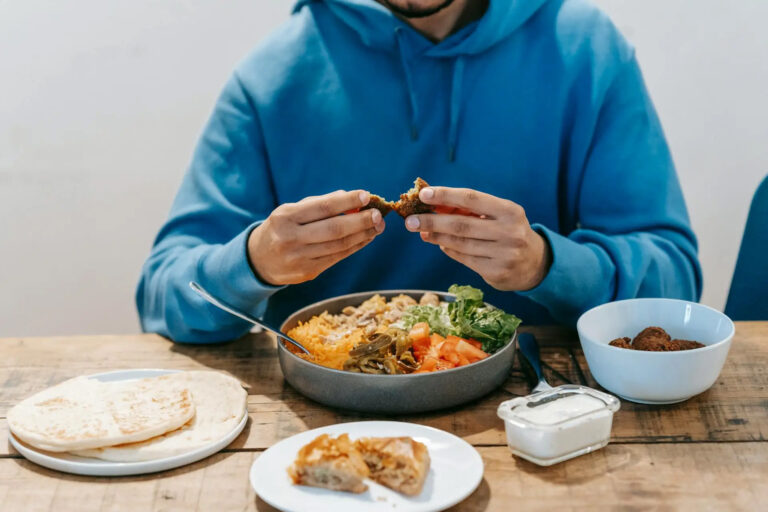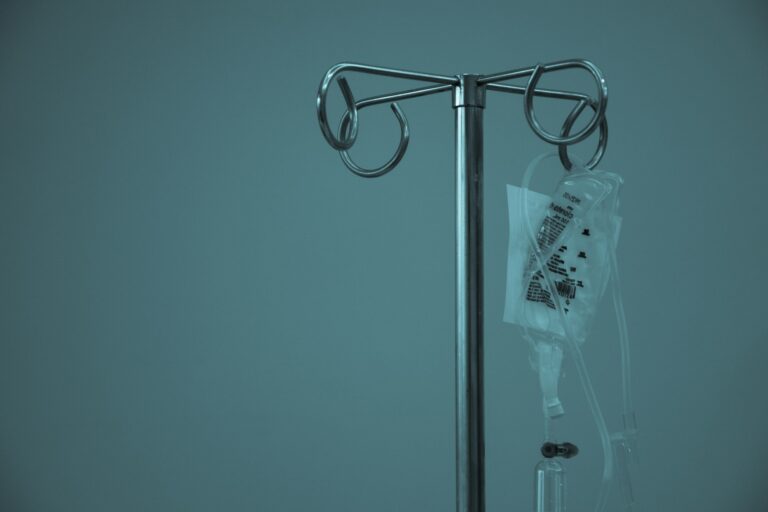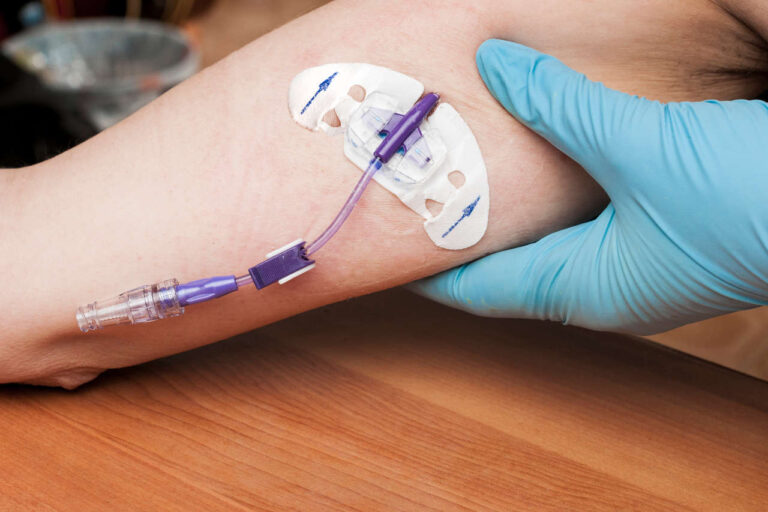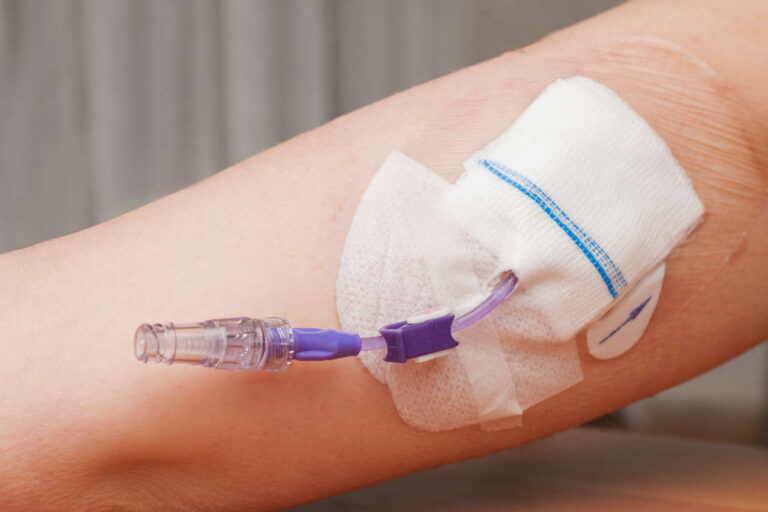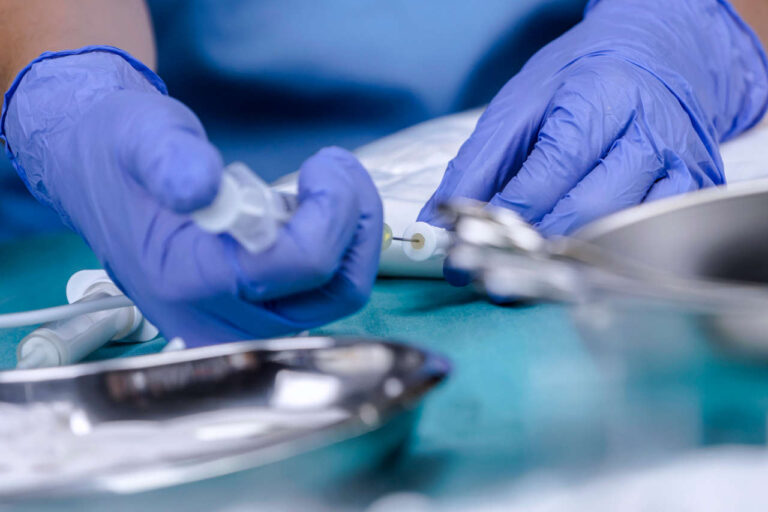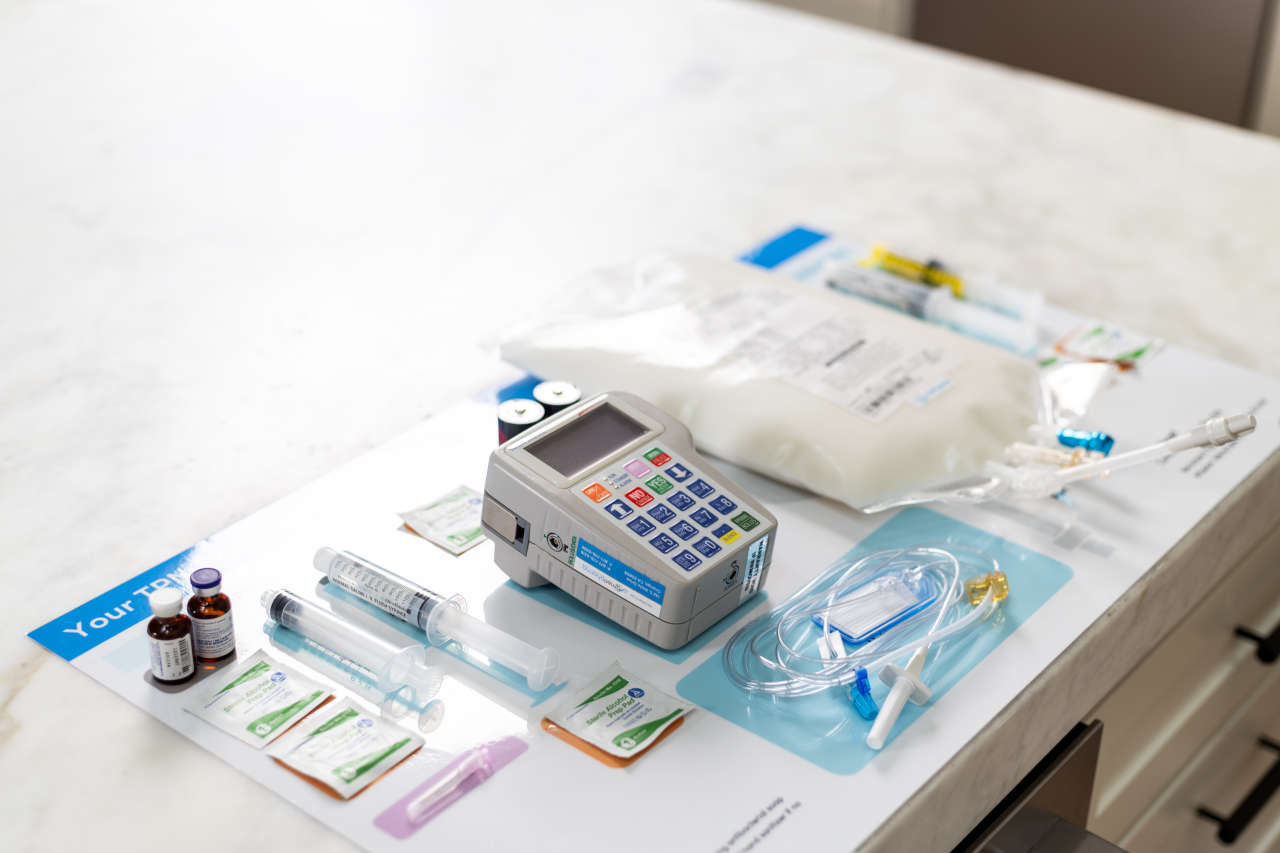
在美国,中风是第四大死亡原因,约 30% 至 50% 患者 急性期中风患者会遭受严重的吞咽困难。吞咽困难是指患者吞咽食物或液体困难的一种疾病。这种情况通常会导致中风患者营养不良和脱水,并伴有 8%和34%之间的患病率。
您的静脉输液随时可用
库存齐全,访问无忧除了医疗和康复治疗外, 肠内营养 肠内营养 (EN) 是中风患者的一线营养方案,旨在满足患者的营养需求并支持其整体康复。然而,在某些情况下,当肠内营养无法满足患者的营养需求时, 完全肠外营养(TPN) 被选中。
在本文中,我们将全面回顾 TPN 对中风患者的作用以及启动 TPN 的情况。
什么是中风?
中风,也称为脑卒中,是一种严重的疾病,发生在大脑某个区域的血液供应受阻或任何脑血管破裂时。大脑需要氧气才能正常运作,而氧气通过血液循环输送到大脑。然而,当血液循环被某种物质阻塞时,脑细胞就会因缺氧而开始死亡,从而导致中风。
在急性病例中,患者可能出现吞咽困难,或中风后陷入昏迷。为了确保患者获得足够的营养,医生会常规使用肠内营养(管饲)。
完全肠外营养在卒中中起什么作用?
完全肠外营养是一种营养方法,其中 平衡混合物 营养物质(如碳水化合物、蛋白质、脂肪、维生素、矿物质和电解质)直接输送到患者的血液中。
TPN 的主要目标是为吞咽食物困难(严重吞咽困难)、昏迷或其他消化并发症的中风患者提供适当的营养。
虽然尚未在卒中人群中使用 TPN 的研究,但有少数报告称,TPN 可在某些指导原则下用于危重患者。例如, 学习 一项研究发现,对于昏迷急性中风患者,早期肠内营养治疗效果不佳。因此,他们建议在中风发作后48小时内开始TPN和20%葡萄糖喂养。患者可在7-10天后过渡到肠内营养。
与专家讨论共付额援助
TPN 何时适用于中风患者?
一般来说,由于成本高昂且并发症较多,TPN 不作为中风的一线营养治疗方案。此外,目前尚无数据明确 TPN 对中风患者的疗效。然而,在某些情况下,中风患者可以选择 TPN,具体如下:
- 当中风患者禁忌或无法进行肠内营养和口服摄入时。
- 当患者发生昏迷的急性中风时。
- 当重症中风急性期的病人出现EN引起的腹泻时。
- 当营养良好的患者接受超过7天的EN仍无法满足其营养需求时,必须立即启动TPN。
- 当无法通过口服/肠内营养提供足够的水分或无法提供足够的水分时。
如果在上述情况下开始 TPN,必须采取适当措施预防 TPN 相关并发症,主要是 高血糖 和感染。
综上所述,目前尚无TPN在卒中患者中的应用研究。然而,在某些情况下,例如当一线营养治疗方案不可行,或患者在接受EN治疗后病情恶化时,可以启动TPN,为卒中患者提供适当的营养。
参考:
- Sabbouh, T., & Torbey, MT (2018).中风患者的营养不良:风险因素、评估和管理。 神经重症监护, 29(3), 374-384。https://doi.org/10.1007/s12028-017-0436-1
- Ojo, O., & Brooke, J. (2016).肠内营养在卒中治疗中的应用。 营养素, 8(12), 827. https://doi.org/10.3390/nu8120827
- Yamada, SM (2015).过早开始肠内营养对昏迷的急性卒中患者没有营养优势。 日本医科大学学报, 82(4), 186-192. DOI:10.4172/2476-2024.1000164
- ARSAVA, E.、Aydoğdu, İ.、Gungor, L.、TOGAY IŞIKAY, CANAN 和 Yaka, E. (2018). 中风患者的营养方法和治疗:土耳其专家意见。 土耳其神经病学杂志, 24(3)。DOI:10.4274/tnd.92603
- Wirth, R.、Smoliner, C.、Jäger, M.、Warnecke, T.、Leischker, AH、Dziewas, R. 及 DGEM 指导委员会*。(2013)。中风患者临床营养指南。 实验与转化中风医学, 5, 1-11. https://doi.org/10.1186/2040-7378-5-14


